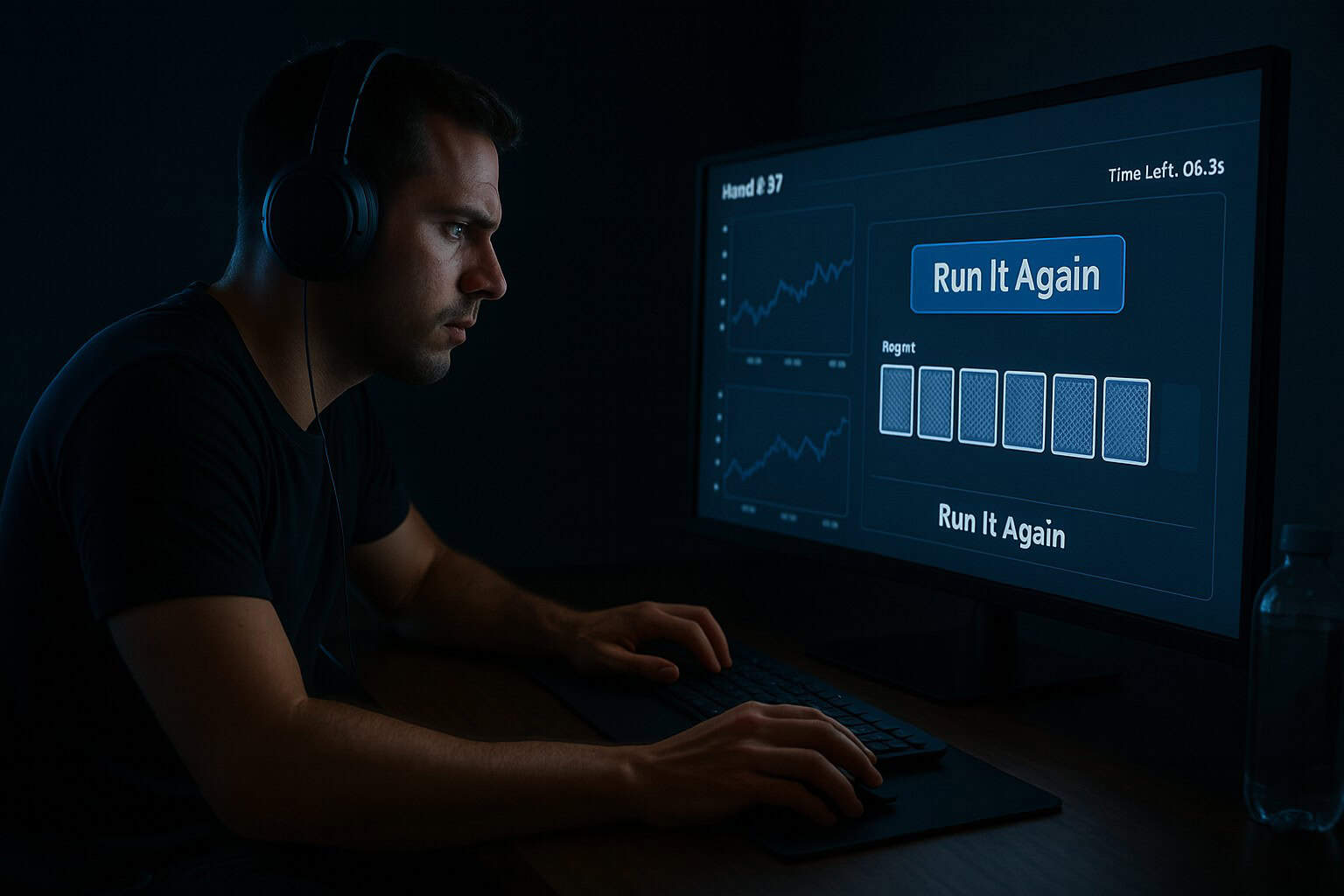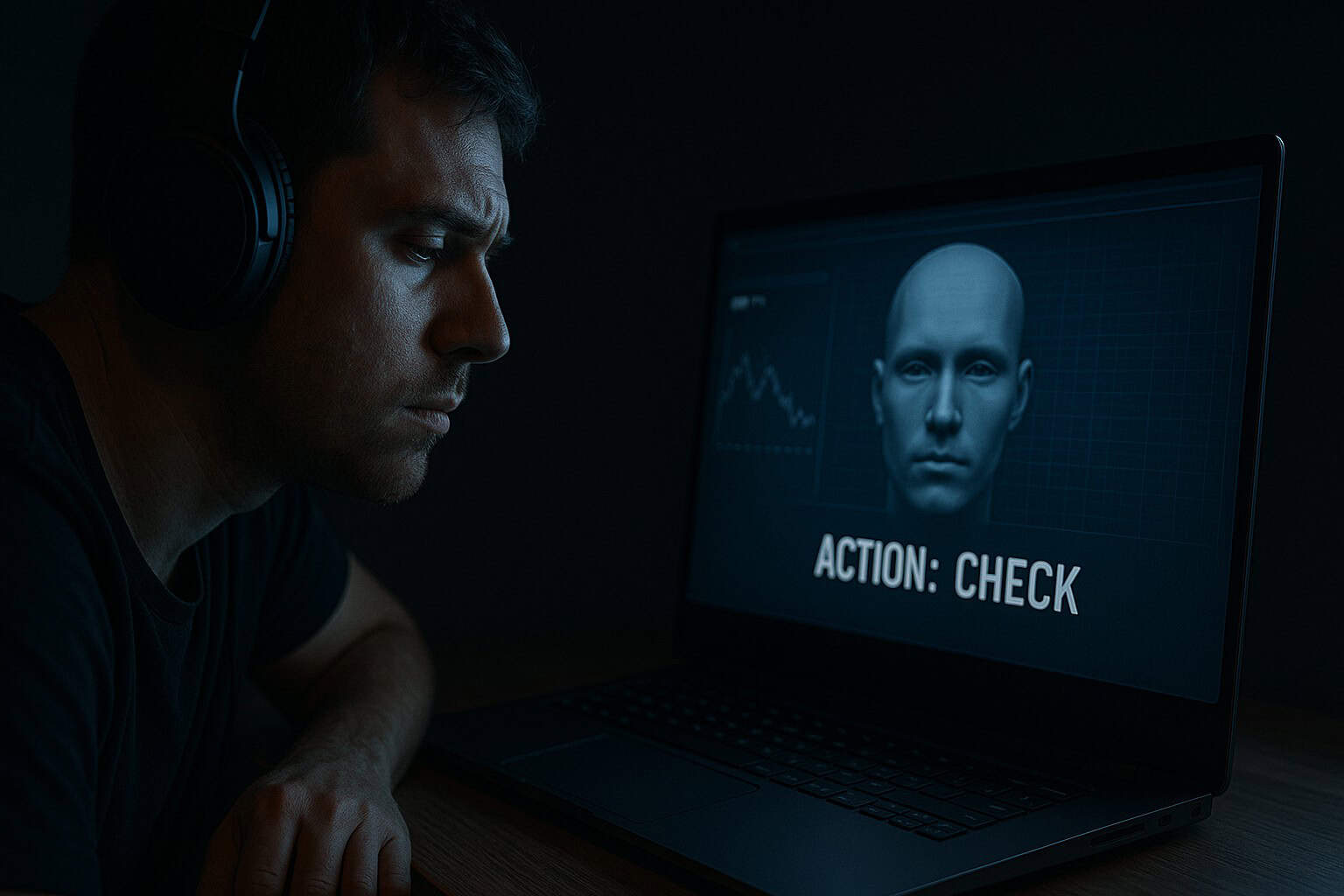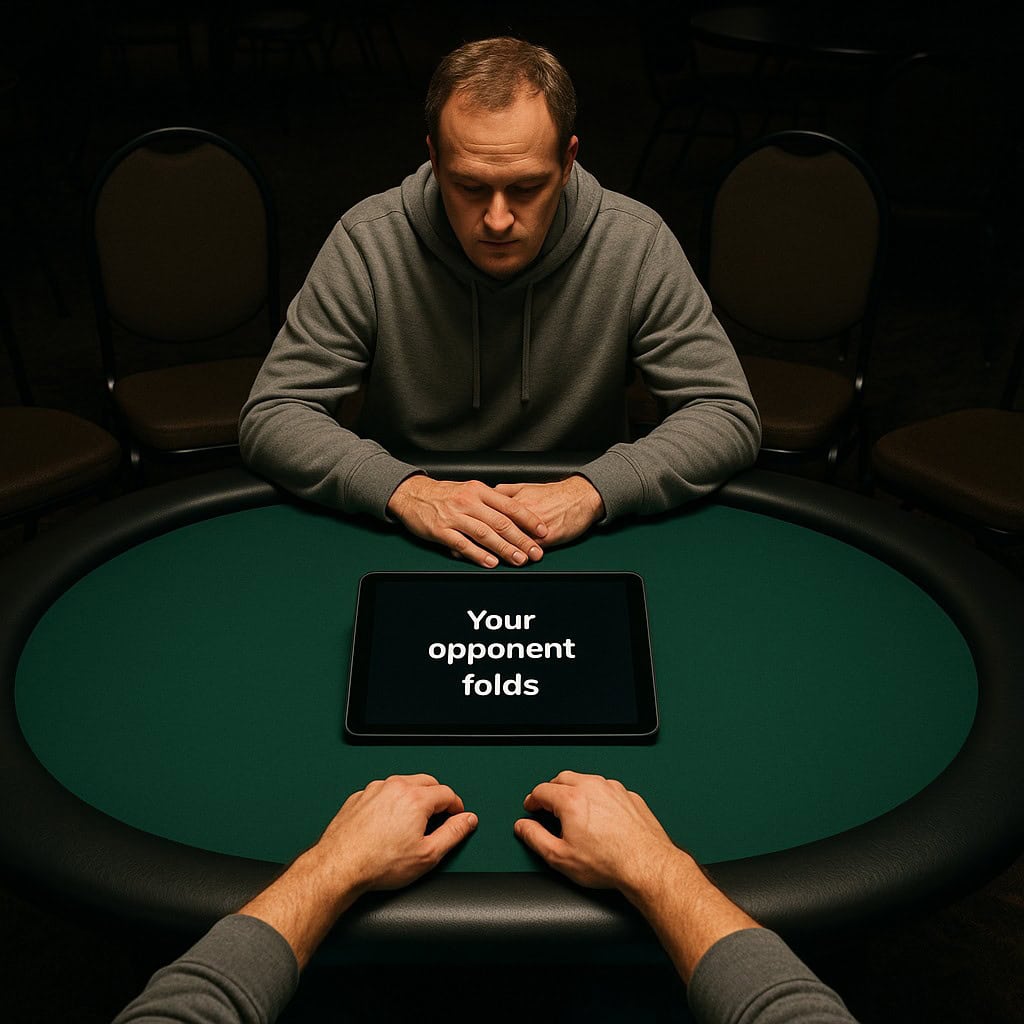
Using Poker Bots as Training Partners – A New Way to Learn
No one talks much about the silence – the kind that follows, staring at a cold, calculating digital response from an opponent who never blinks, never tilts, never bows to fear. The bot just waits. And in that silence, something starts to stir within the player: a glimmer of understanding that this, maybe, is no longer just a game, but a conversation, one carried out without words.
It wasn’t always this way. At one point, learning poker was about late night debates over hand histories, gut instincts sold as learned knowledge, and actual world advice from a mentor that used feel rather than numbers when he played. There was an element of measuring self-improvement based on your intuition and the scars you got at the real tables. Today? Today you’re competing against things that don’t bluff because they are nervous or bet big because they are angry. They bluff because the math says to bluff, and they don’t consider bullying – they fold, not due to weakness, but due to a model of the game that they believe will produce the greatest amount of long term value.
So what if (although we are stating nothing but observation) this emotionless and relentless presence is exactly what today’s learner needs?
Poker Bots: A New Kind of Opponent
Perhaps strange as it may seem, poker bots were not created to help people learn the game. Initially they were novelties – a bet on whether humans could create machines capable of processing incomplete information and psychological tricks. Libratus, DeepStack, Pluribus – now it is a common name among the community, like the names of mythological gods – did not just play well, they completely destroyed human professional players using a combination of perfectly logical reasoning and perfectly unfeeling indifference.
But their victories marked the beginning of another story. For the first time, players were no longer trying to emulate legends; they were trying to understand machines.
At the screen and cursor you are not just playing; you are showing. The AI finds your patterns faster than a coach ever could; does not pardon your errors of judgment; simply shows you what optimal should look like, and just how far you strayed.
Immediate Feedback, Precision and Repetition

Traditional learning – forums, books, recorded hands – provides insight into how to play the game. But bots provide confrontation. You can run the same damn situation 100 times in a row, changing variables and checking your habits. The AI provides such quick, such clinical feedback, that little ego is left standing. And when ego is gone, something magical occurs: you actually start to learn.
In EV terms a bluff that seemed like genius isn’t all that classy anymore. Fear is reduced to a single number based on frequency tables. The AI is not going to mock you, it only represents the data. And in that representation, the player starts to rewrite their understanding.
Programs such as GTO Wizard, PokerSnowie and PioSolver don’t only teach – they alter behavior. They rapidly deal hands, adjust to your skill level, identify your weaknesses, and simulate opponents you’ve never considered before; build muscle memory for situations most players only encounter a few times a year; and condense decades of experience into a few months of training.
The Development of Mental Toughness in the Face of Perfect Logic
“Bots” are not for those who are afraid of losing. No quarter asked, none given; no reprieve from the pace. You take a hand, it does not blink. You lose five in a row, it does not laugh at you. And gradually, the lack of feeling becomes a kind of mirror.
You become aware of when you are leaning. You start to feel your own frustration, your own small hope that maybe, just this once, the AI made a mistake. But it did not. And it won’t. And then you adapt – both your range and your mindset. You become calmer. More systematic. Less reactive.
There is a discipline to be developed in dealing with something that will not give. A sense of calm develops when you cease to expect the AI to make it easy. It is not easier, but you are better.

Modern Learning Environment
And now we are in a modern era where the student does not wait for the teacher to finish a tournament or respond to a hand history post. The student clicks “Run It Again”. The student studies the different scenarios, practices river bluffing, and analyzes c-bet frequencies.
The poker bot does not only provide instruction – it alters the perception of the learning curve itself. Progress is no longer just about developing an intuition, but about confronting and understanding the path that a solver would take – even if it goes against every old school instinct.
Obviously not all students develop at the same rate. Some still hold onto the old human tics – reading other players, creating misdirection. However, there is still room for that as well. But the base? Increasingly, it is being laid in code.
Quiet Revolution

This is not the end of coaching, nor is it the end of human mentoring. But something fundamental has occurred. We are no longer learning from the best human player in our social circle; receiving insights from systems that have reviewed billions of hands; learning from solvers that do not require to stop working after 12 hours, do not bluff to assert dominance over you, and do not get rattled by the scariest possible board combinations.
And that changes us – not only how we play, but how we think. We learn to pinpoint the flaw in our logic, not just our action; we learn that variation does not equate to we played poorly; we learn – often slowly, sometimes clumsily, and always with great reluctance – that some of the most instructive lessons in poker don’t come from a wise old pro, but from a bot waiting patiently to reveal the truth.
And therefore the table is set. Then the bot gives a wink to its virtual eye. You click “Deal.” And the silence returns – not empty, but full of possibilities.
